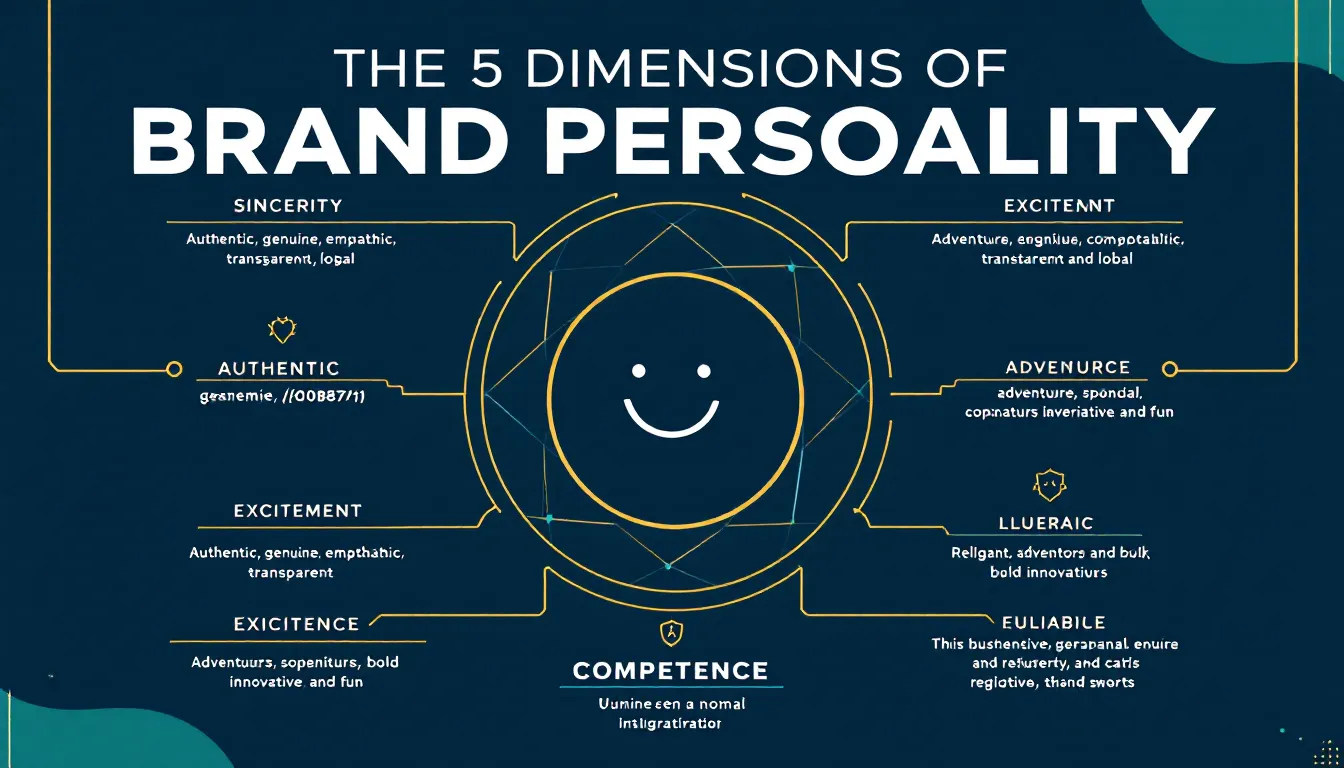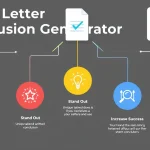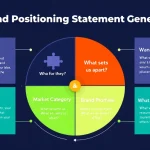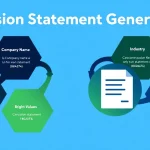Brand Personality Quiz
Is this tool helpful?
How to Use the Brand Personality Quiz Tool Effectively
This tool helps you analyze your company’s brand personality by gathering key details about your business identity, values, and audience. Here’s how to fill out each section for the best results:
1. Company Name
Enter your company’s full legal or trading name. Be precise to ensure accurate brand identification. Examples:
- “Aurora Wellness Center”
- “Summit Tech Innovations”
2. Brand Values and Mission Statement
Describe what your brand stands for and the mission driving your business. Use clear and specific language. Examples:
- “Aurora Wellness Center promotes holistic health using natural therapies focused on patient empowerment, integrity, and compassionate care.”
- “Summit Tech Innovations delivers smart software solutions prioritizing reliability, user-centric design, and continuous improvement.”
3. Current Brand Personality
Select the option that best describes your brand’s present personality. Choose one that reflects how customers and stakeholders perceive you. Options include Sincere, Exciting, Competent, Sophisticated, or Rugged.
4. Target Audience
Provide details about your ideal customers including demographics, interests, and behaviors. This section is optional but helps tailor the analysis. Examples:
- “Adults aged 30-50 seeking wellness services that combine traditional and alternative medicine.”
- “Startups and SMEs in fintech looking for scalable cloud-based software.”
Understanding the Brand Personality Quiz Tool: Definition, Purpose, and Benefits
The Brand Personality Quiz tool helps you uncover how your brand’s identity and values resonate with your audience. By analyzing your inputs, it generates insights into your brand personality’s strengths, weaknesses, and opportunities for improvement.
What This Tool Does
- Examines your brand’s voice, tone, and core values.
- Assesses how well your brand personality matches your target market.
- Identifies your brand archetype and positioning within your industry.
- Offers strategic suggestions to refine communication and engagement.
Why Use the Brand Personality Quiz?
- Clear Brand Direction: Receive actionable feedback to sharpen your brand’s focus.
- Competitive Advantage: Discover unique traits that differentiate your brand.
- Stronger Customer Relationships: Align your messaging to build trust and loyalty.
- Consistent Communication: Develop guidelines that support uniform messaging across channels.
Practical Uses of the Brand Personality Quiz Tool
Use this tool as part of your brand strategy, marketing planning, or when preparing for rebranding. It’s especially useful in these scenarios:
Rebranding and Brand Refresh
- Assess your existing brand personality before making changes.
- Identify gaps between current and desired customer perception.
- Guide updates in messaging, visuals, and brand voice.
Market Expansion and New Audience Targeting
- Analyze if your brand personality fits new market segments.
- Adapt communication strategies to resonate with different customer groups.
- Ensure brand consistency while tailoring messaging.
Ongoing Brand Management
- Monitor brand personality alignment as your business evolves.
- Use insights to inform marketing campaigns and content creation.
- Engage teams by providing a clear brand personality framework.
The Five Dimensions of Brand Personality Explained
- Sincerity: Honest, genuine, and warm.
- Excitement: Energetic, adventurous, and imaginative.
- Competence: Reliable, skilled, and intelligent.
- Sophistication: Elegant, refined, and prestigious.
- Ruggedness: Tough, outdoorsy, and resilient.
Interpreting Your Brand Personality Quiz Results
Once you submit your information, the tool provides a detailed analysis covering several important areas:
1. Brand Archetype Identification
- Pinpoints your primary brand archetype based on your inputs.
- Highlights secondary traits that influence your brand’s character.
- Calculates alignment scores between your brand’s personality and core values.
2. Market Positioning Overview
- Analyzes how your brand differentiates itself from competitors.
- Measures alignment with industry standards and customer expectations.
- Evaluates resonance with your target customer profiles.
3. Communication Strategy Tips
- Recommends tone of voice adjustments to improve connection.
- Suggests content strategies that support your brand personality.
- Advises on visual identity elements to maintain consistency.
Frequently Asked Questions About Brand Personality Analysis
How often should I update my brand personality?
Review your brand personality at least once a year or during major strategic shifts to keep your messaging relevant and aligned with market needs.
What defines a strong brand personality?
A strong brand personality is authentic, consistent, clearly differentiated, and resonates with your core audience’s values and expectations.
How can I use the quiz results effectively?
Use the insights as a foundation to create or update brand guidelines, train your team on messaging, and align marketing efforts across channels.
Can my entire team contribute to the quiz?
Yes. Gathering input from multiple team members helps capture diverse perspectives and produces a more rounded brand personality profile.
Best Practices for Developing and Maintaining Your Brand Personality
1. Consistency Is Key
Keep your brand’s voice and visual style consistent across all platforms and customer interactions.
2. Be Authentic
Make sure your brand personality accurately reflects your company’s values and operations.
3. Allow for Evolution
Let your brand personality grow naturally over time while preserving your core identity.
4. Measure Impact Regularly
Monitor how your brand personality influences customer perceptions and business results, and adjust as needed.
Important Disclaimer
The calculations, results, and content provided by our tools are not guaranteed to be accurate, complete, or reliable. Users are responsible for verifying and interpreting the results. Our content and tools may contain errors, biases, or inconsistencies. Do not enter personal data, sensitive information, or personally identifiable information in our web forms or tools. Such data entry violates our terms of service and may result in unauthorized disclosure to third parties. We reserve the right to save inputs and outputs from our tools for the purposes of error debugging, bias identification, and performance improvement. External companies providing AI models used in our tools may also save and process data in accordance with their own policies. By using our tools, you consent to this data collection and processing. We reserve the right to limit the usage of our tools based on current usability factors.







